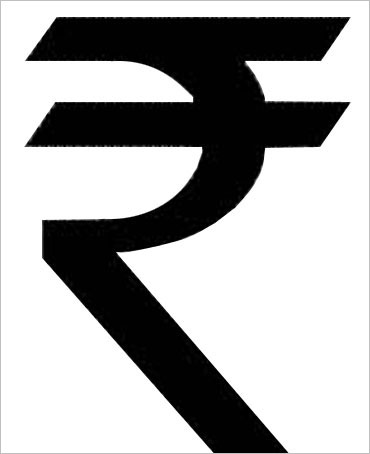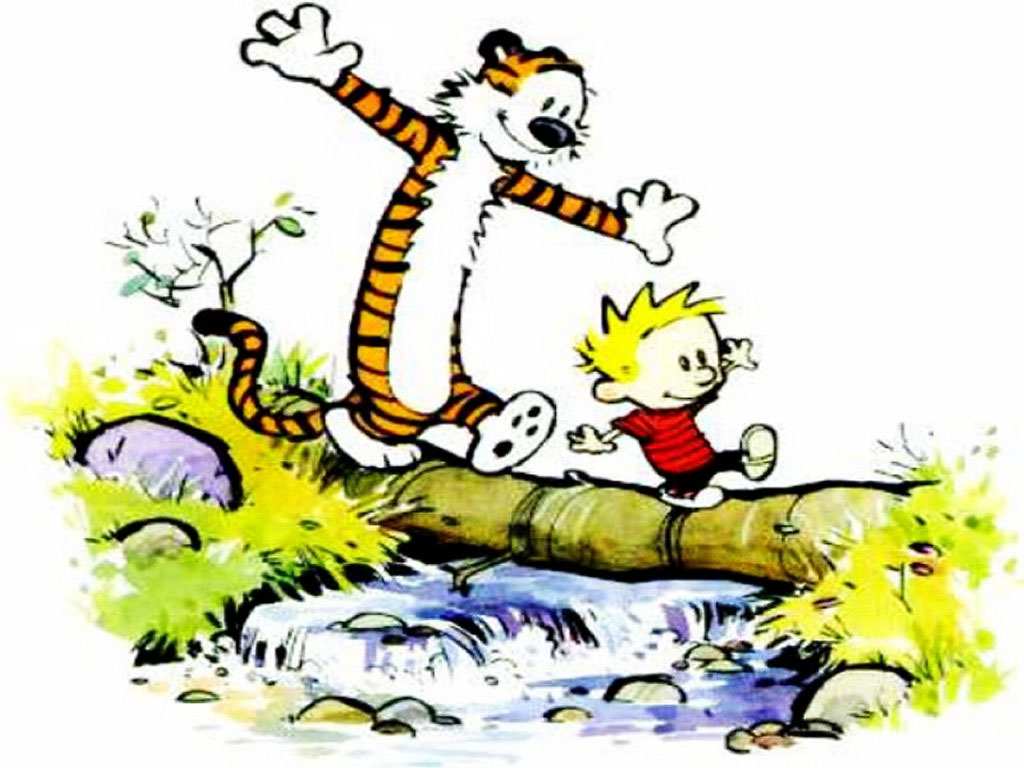
One of my bigger regrets in life is having spent two years getting an MBA degree, though I made some good friends along the way. Ironically over the last decade I have lost touch with these friends.
I have often asked myself why things turned out the way they did, given that they were a good bunch of people. And the answer I have come up with is that these friends over the years started cribbing a lot. They were unhappy people in their daily lives.
They were unhappy with their bosses. They were unhappy with their sales targets. They were unhappy with their bonuses. They were unhappy with their colleagues. Different things on different days. The only thing that gave them happiness was planning their weekends and their holidays. As one of them told me with great pride a few years back: “This year we did New Zealand. Next year we will do Turkey.” This was hardly surprising given our fascination for anything phoren.
What I found surprising was these friends spent more time figuring out what to do over a couple of weeks of holidays than trying to figure out what to do over the 50 weeks that they were slogging at their ‘unhappy’ jobs. Why would you want to be unhappy 50 weeks in a year, so that you can be happy for two weeks? Beats me.
The Nobel Prize winning psychologist Daniel Kahneman talks about the focussing illusion in Thinking, Fast and Slow. As he writes: “Any aspect of life to which attention is directed will look large in global evaluation. This is the essence of the focusing illusion, which can be described in a single sentence: Nothing in life is as important as you think it is when you are thinking about it.”
And this possibly explains why my MBA friends had turned themselves into non-stop cribs. Whatever bothered them at a given point of time took precedence in their thoughts and they chose to crib about it.
But cribbing was essentially a symptom to the problem. These friends were constantly comparing themselves with others while working for large companies. In other words they were small fish in a big pond. As Barry Schwartz writes in The Paradox of Choice: “If there were only one pond—if everyone compared his position to positions of everybody else—virtually all of us would be losers. After all, in the pond containing whales, even sharks are small.”
What this tells us clearly is that a major part of satisfaction from what we do comes from how well we look at ourselves in comparison to those around us. Hence, things are relative. As Schwartz writes: “As others start to catch up, the desires of those who are ahead in the “race” escalate so that they can maintain their privileged position.” And if they can’t stay ahead all the time, they crib.
In fact, a few years back an interesting piece of research was carried out. In this research participants where were asked to choose whether they would be like to be in a situation where they were earning $50,000 per year, while others were earning $25,000 or they would like to be in a situation where they were earning $100,000 per year, while others were earning $200,000. And the results were rather surprising.
As Schwartz writes: “In most cases, more than half of the respondents chose the options that gave them better relative position. Better to be a big fish, earning $50,000, in a small pond than a small fish, earning $100,000, in a big one.”
Hence, the trick to be happy is not keep comparing ourselves with those around us. As Schwartz writes: “Instead of comparing ourselves to everyone, we try to mark off the world in such a way that in our pond, in comparison with our reference group, we are successful. Better to be the third-highest-paid lawyer in a small firm…than to be in the middle of the pack in a large firm.”
The column originally appeared in the Bangalore Mirror on Sep 9, 2015


